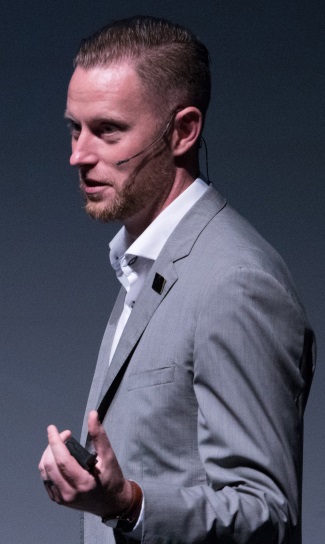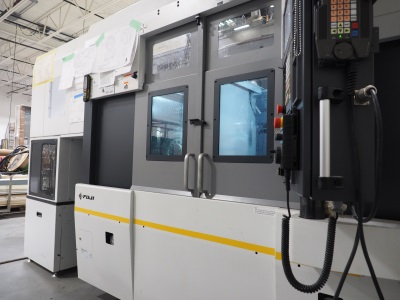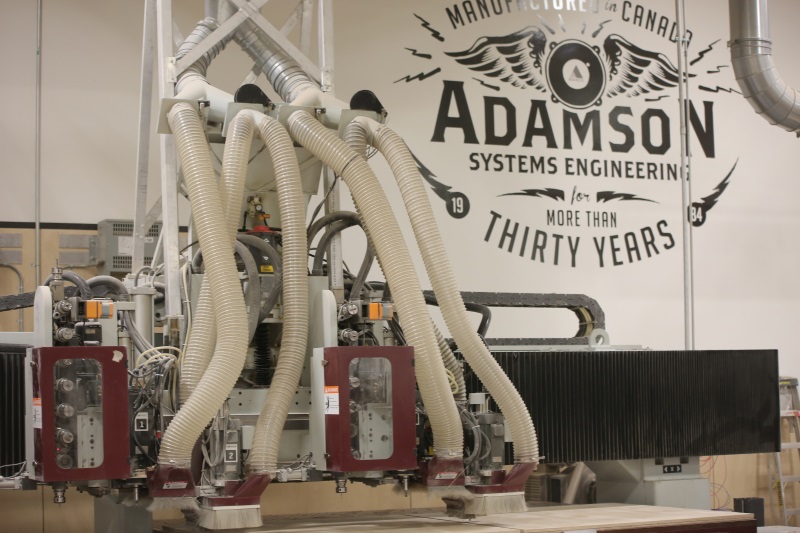
Looking Beyond
Since some of the best examples of vertical integration are found in other industries, Adamson has consistently sought to integrate concepts and processes from audio, automotive, aerospace and other technology development and manufacturing companies.
“Cost, performance and availability factor into the acquisition of machinery,” Oliver adds, pointing to three robotic, twin-spindle Fuji lathes, technology that’s associated with manufacturing of automotive transmission parts.
According to Brock Adamson, “The decision to deploy tier one automotive machine tools was a tough one; the deciding factor was that Fuji, in the automotive world, implements the tooling and programming for its customer’s finished part. Learning how Fuji approaches production of high-volume automotive transmission parts was an eye-opening experience.”

In order to help ensure highly accurate sheet metal work, $1 million was recently invested in two new machines. The first, a Trumpf laser/punch combination machine, provides the speed and flexibility of punching plus the precision of linear part profiling.
To support this capacity, a new seven-axis brake press with interactive touch screen programming was also added, with quick-release precision tooling completing the footprint.
“Brock is the master of uncovering unique ways to improve production processes or invent new products,” according to Oliver. “We’ve got the infrastructure to turn around virtually any discipline. We’re not waiting on a supplier to develop a transducer – we print prototype baskets in the 3D printer, we impregnate Kevlar and press a new cone profile, we have the bar stock to build a new magnet cup assembly.”

The final step of the current expansion is the recently opened Adamson Education Centre. It’s a venue that will be used often, with the demand for knowledge growing over the past five years as Adamson has become a standard in touring. This “system” approach led to E-Series becoming widely accepted on riders, with education serving as a key component.
In 2016, the education team, which is led by Jeremiah Karni, launched the Applied Certification program, standardizing the way customers deploy Adamson systems worldwide. It was followed by Adamson Certified System Engineer (ACSE) Certification to certify system engineers.
“The Education Centre will now be the focus of our education platform,” Karni explains, an integral part of the development and roll-out of new products and the streamlined training programs. “We now provide a direct customer connection to the factory in a familiar venue environment, with the third dimension of direct insight into the design to build processes,” he adds.
Beyond this, Adamson also hosts and participates in key technological events and talks with organizations such as the Toronto chapter of the Audio Engineering Society (AES), Soundgirls.org, audio schools and colleges, and so on. Karni concludes that the whole process, “builds product awareness and pride in the factory, engineering and admin staff through hosting events both public and internally and engineers have begun visiting us from all over the world to learn about Adamson.”
